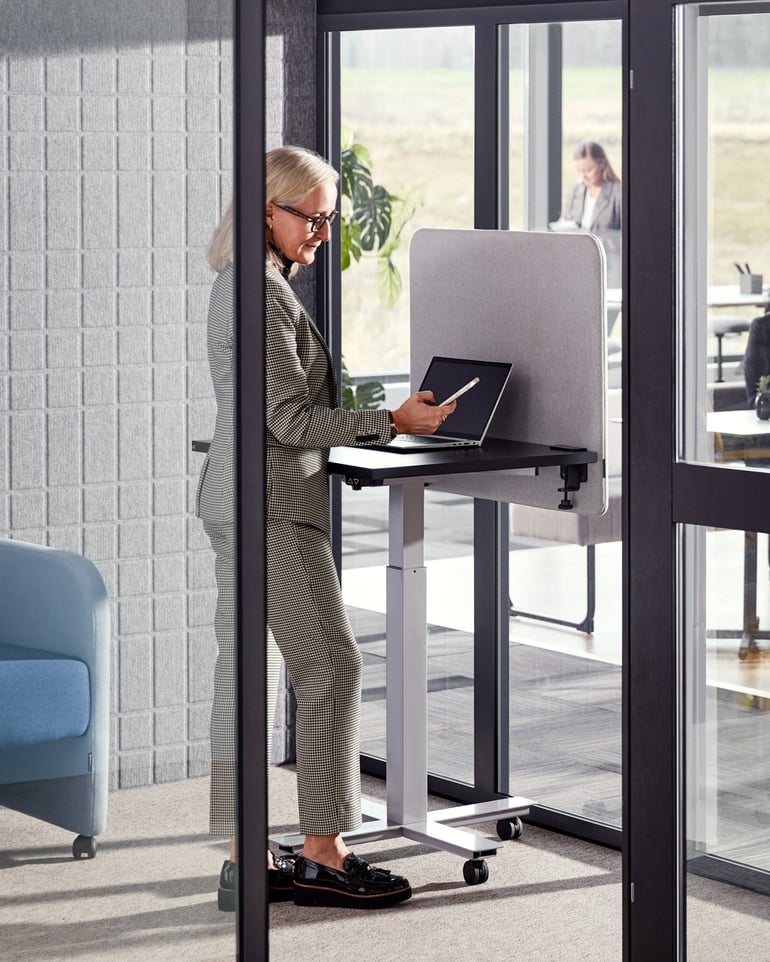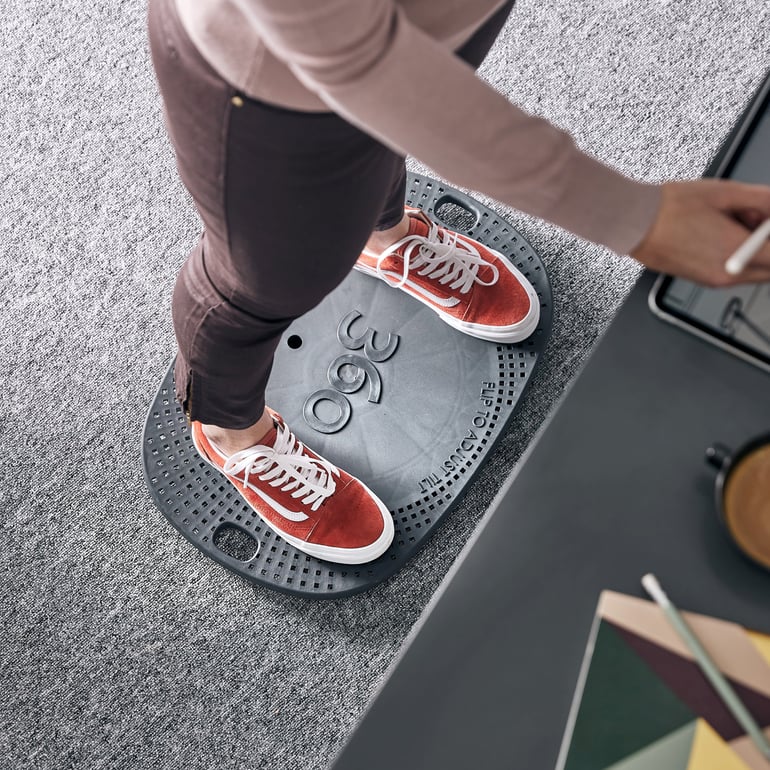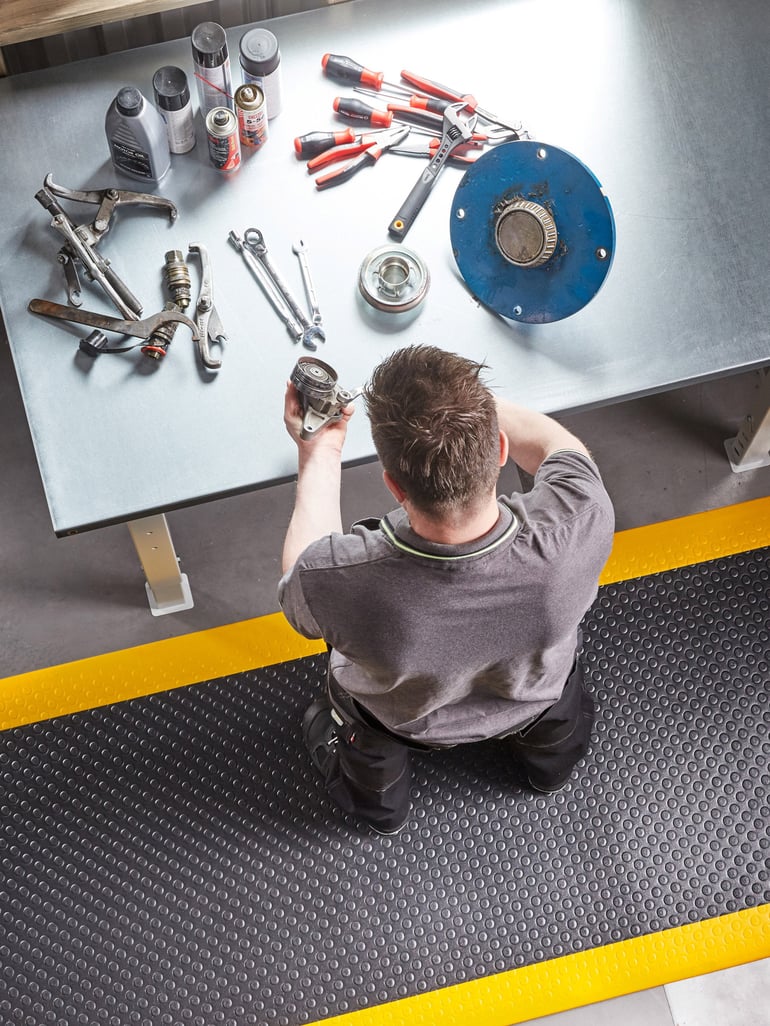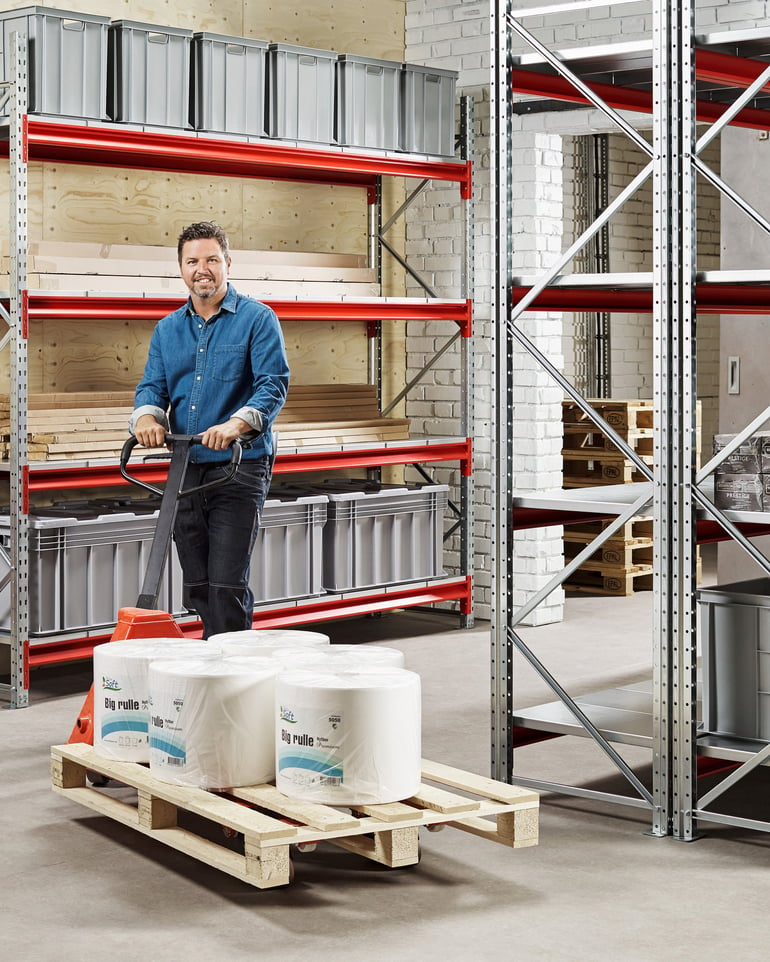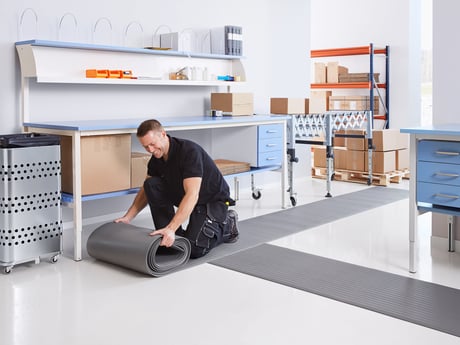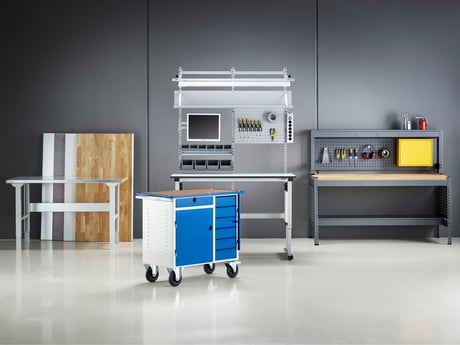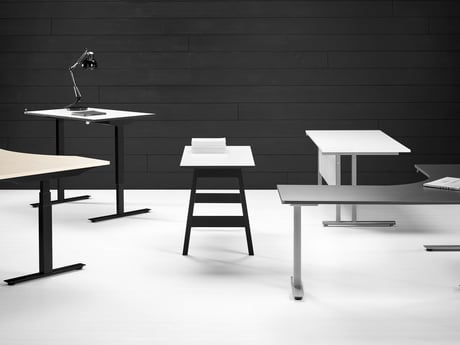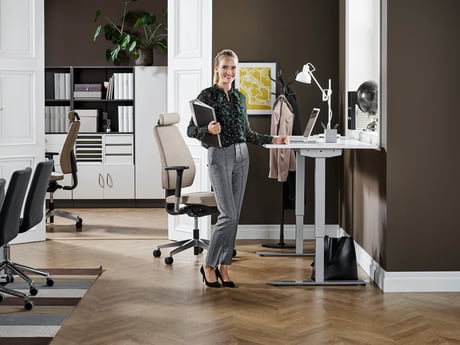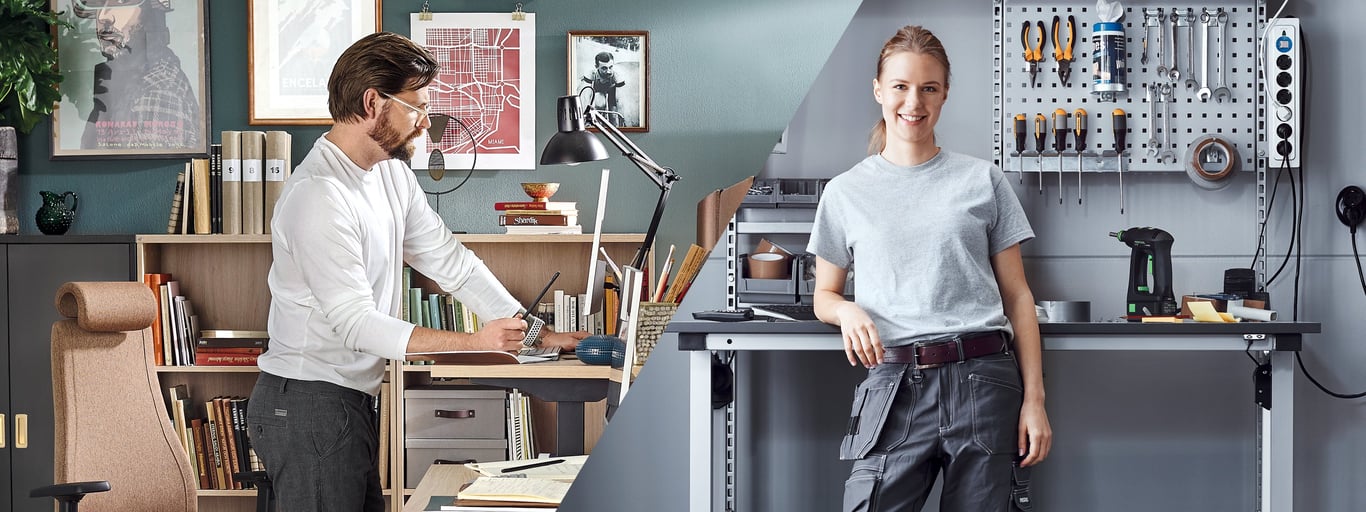
The dangers of prolonged sitting and how to stay active at work
Prolonged sitting, even at work, can increase your risk of developing chronic diseases including obesity, diabetes, heart disease, stroke, and cancer. But there's good news: you can reduce your risk of these diseases by getting up and moving around every 20-30 minutes, or by using a standing desk.
What are the risks of prolonged sitting?
Prolonged sitting can have a number of negative health consequences, including:- Weight gain and obesity
- Type 2 diabetes
- Heart disease and stroke
- Cancer
- Fatigue, sluggishness, and impaired cognitive function
Diversify your sitting and standing for improved health
Sitting for long periods of time can stiffen your muscles and increase your risk of developing chronic diseases. Standing for long periods of time can also be harmful, as it can lead to fatigue and pain in the legs and feet.
To reduce your risk of developing health problems, it is important to diversify your sitting and standing throughout the day. This means getting up and moving around every 20-30 minutes. You can also try using a standing desk to alternate between sitting and standing while working.
How to reduce sedentary behavior at work?
Sitting for long periods of time can increase your risk of developing chronic diseases. To reduce your sedentary behavior at work, try these tips:- Use a standing desk or alternate between sitting and standing throughout the day.
- Take the stairs instead of the elevator or escalator.
- Park further away from your workplace and walk the rest of the way.
- Get off public transportation a stop early and walk the rest of the way.
- Have walking meetings.
- Use the restroom that is further away.
- Use active seating, such as a balance ball or kneeling chair.
- Stand up and move around every 20-30 minutes.
- Do simple stretches and exercises while standing.
- Have a cup of coffee or tea standing up.
Introducing the desk treadmill: a revolution in the way we work
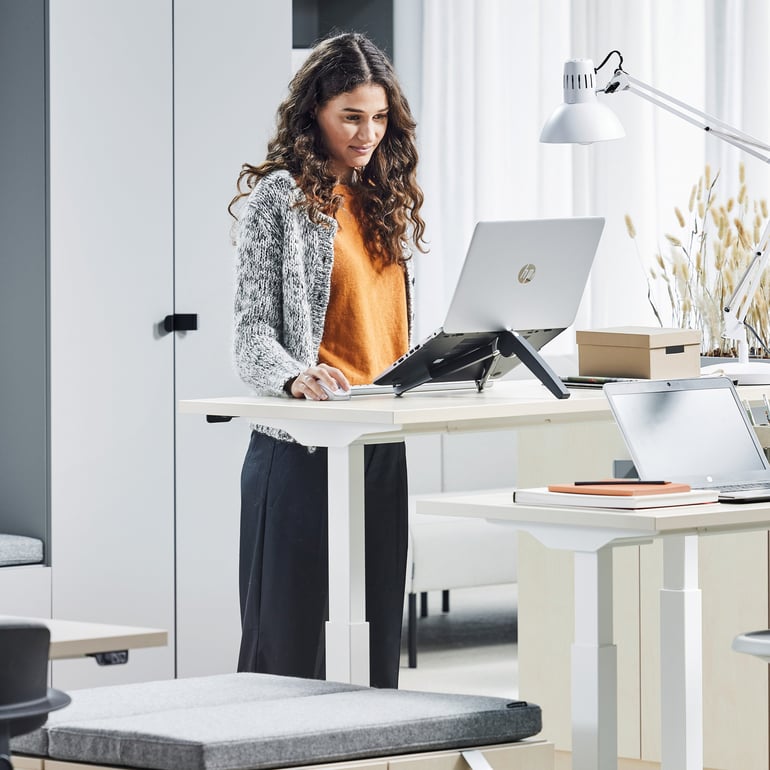
Small changes can make a big difference for your health
Even small changes to your daily routine, such as purchasing a height-adjustable workstation and an anti-fatigue mat to use at work, can have a big impact on your health.A height-adjustable workstation allows you to vary your sitting and standing throughout the day, which can help to improve blood circulation, reduce blood fats, burn more fat, and improve your ability to consume oxygen.
Here are 3 simple exercises to keep you active
Prevent back injuries during physically demanding work with regular exercise and proper lifting techniques
Physically demanding work, such as heavy lifting, can increase your risk of back injuries. To prevent back injuries, it is important to exercise regularly and use proper lifting techniques.Regular exercise
Regular exercise can help to strengthen your back muscles and improve your flexibility, both of which can help to prevent back injuries. Aim for at least 30 minutes of moderate-intensity exercise most days of the week.
Proper lifting techniques
When lifting heavy objects, use proper lifting techniques to avoid injury. Here are some tips:
- Bend at the knees and keep your back straight.
- Use your legs to lift the object, not your back.
- Keep the object close to your body.
- Avoid twisting your back while lifting.
- Ask for help if the object is too heavy.
- Take breaks often.
Learn how to lift correctly
Exercise: medicine for the soul and body
Studies suggest that a sedentary lifestyle can increase the risk of premature death. However, even small amounts of exercise can have a significant impact on your health, including reducing stress, anxiety, and depression, improving mood and sleep quality, and boosting cognitive function and memory.In other words, exercise is good for both your physical and mental health. It can help you live longer, feel better, and think sharper. So get moving today!
FAQ
Get the latest product launches and offers sent direct to your inbox
Do you want to receive exclusive offers, information about new products and inspiration on how you can improve your workplace? Sign up for our free newsletter and be the first to receive our best offers!Please wait...
*By clicking subscribe, I confirm that I have read the privacy policy.
